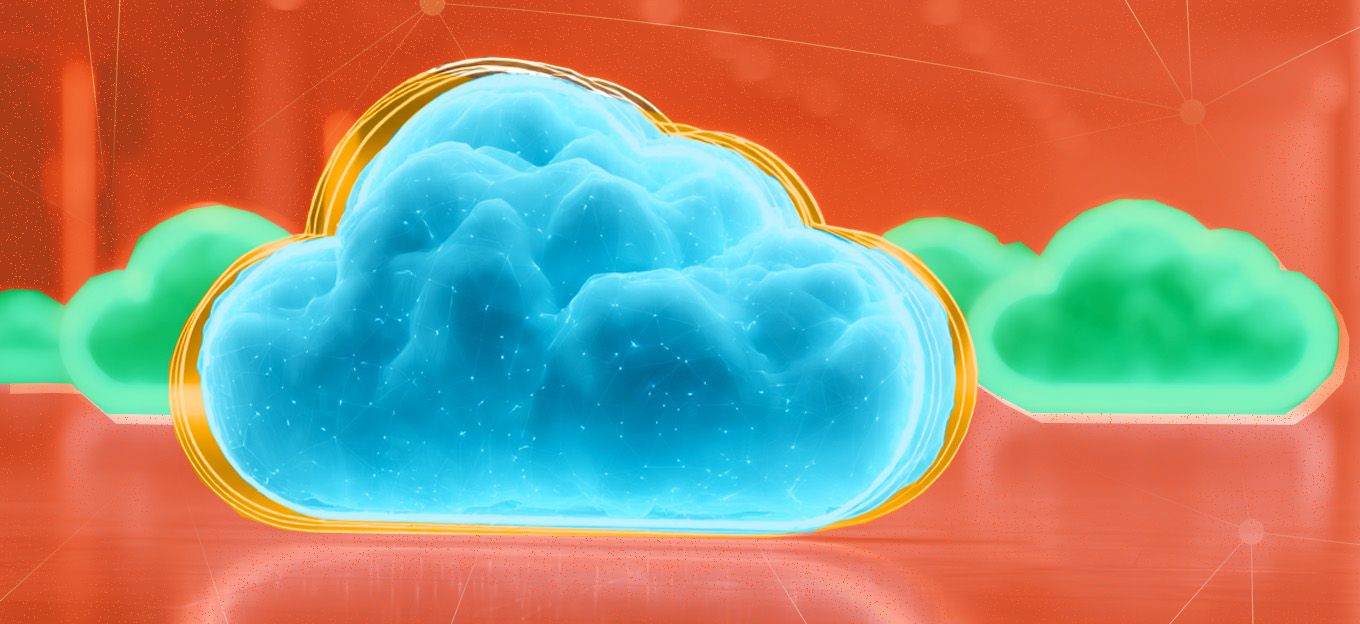Hyperscalers, the Edge, and Cloud: What Does It All Mean?
Hyperscalers, the Edge, and Cloud: What Does It All Mean?
- Last Updated: December 2, 2024
KORE
- Last Updated: December 2, 2024



With the proliferation of IoT, connectivity and computing technologies are becoming more diverse. It can seem there are so many ways to power an IoT ecosystem, and it can be hard to cut through the hype of buzzwords to understand what it means for your unique business case.
What are Hyperscalers?
This term stems from hyper-scale computing, which is an agile method of processing data. Depending on data traffic, scale can quickly go up or down. Hyperscalers have taken this computing method and applied it to data centers and the cloud to accommodate fluctuating demand.
Major hyper scalers in the business offer Infrastructure as a Service (IaaS) to help meet enterprises seeking digital platforms. Essentially, hyperscalers manage the physical infrastructure while the end-user customizes a virtualized computing infrastructure.
Understanding where IoT fits in with hyperscalers, cloud, and edge computing can be challenging. Learn more about the infrastructure and how IoT platforms can benefit.
The infrastructure layer in a technology stack is where the computing power lies. IoT is gaining traction amongst hyperscalers and telecoms, who are beginning to invest in building IoT platforms. An IoT platform helps bring IoT solutions to market faster and streamlines the process to deployment.
This is a significant nod toward the importance of IoT in the technology realm, but hyperscalers certainly aren’t the first to develop IoT platforms. It is important to research the benefits of using an IoT platform from a cloud services provider versus an IoT expert.
IoT Infrastructure Using the Cloud or Edge
IoT sensors and devices are responsible for collecting data, and connectivity is responsible for communicating the data. The part of the infrastructure that computes the data can either be the cloud or the edge.
The cloud is a centralized approach to process data and works well for power and capacity. It allows scalability for enterprises, and the pay-as-you-go model makes it an affordable approach to smaller organizations that do not want to build out an entire computing infrastructure in-house.
Edge computing is rising in popularity due to the speed at which data can be computed. Instead of sending data from the edge to the cloud, the data is computed right at the edge. The edge can mean several things, though.
- Telco edge: Computing on the telco edge is situated near mobile cell sites and/or nearby data centers and in combination with the cloud. This marries the low latency and reduced backhaul benefits of data centers to the scalability and mobility of the cloud.
- Network edge: The network edge provides scalability and agility to meet demand through lower latency and greater throughput and reliability. The network edge sits outside the network core and comprises data centers, routers, and fixed wireless access.
- Device edge: Edge devices will collect data via a sensor, and the device itself will compute, making this the fastest edge computing option of the three.
Cloud vs. Edge: Which to Choose?
When it comes to choosing between the edge and the cloud, it boils down to speed and cost. Artificial intelligence and machine learning in robotics are Applications where edge computing makes the most sense. Processing close to the device level makes sense when there is less tolerance for latency. Also, in Applications such as autonomous vehicles, a slower reaction time from a machine in automated processes can spell disaster.
But not all IoT Applications are mission-critical, and latency isn’t a primary factor. Smart agriculture, for instance, wouldn’t sink costs into edge devices or developing a network or telco edge since the low power devices with slower processors are at the core of the data aggregation.
The Most Comprehensive IoT Newsletter for Enterprises
Showcasing the highest-quality content, resources, news, and insights from the world of the Internet of Things. Subscribe to remain informed and up-to-date.
New Podcast Episode

The State of Cybersecurity in IoT
Related Articles


